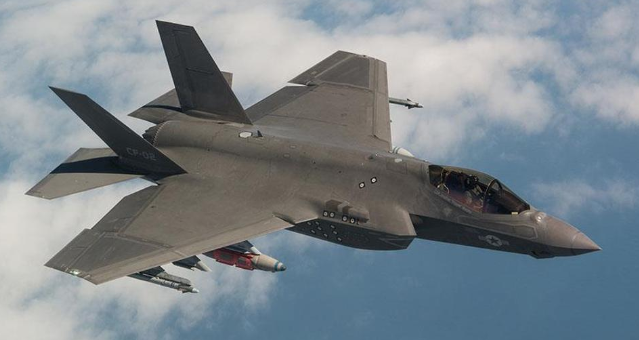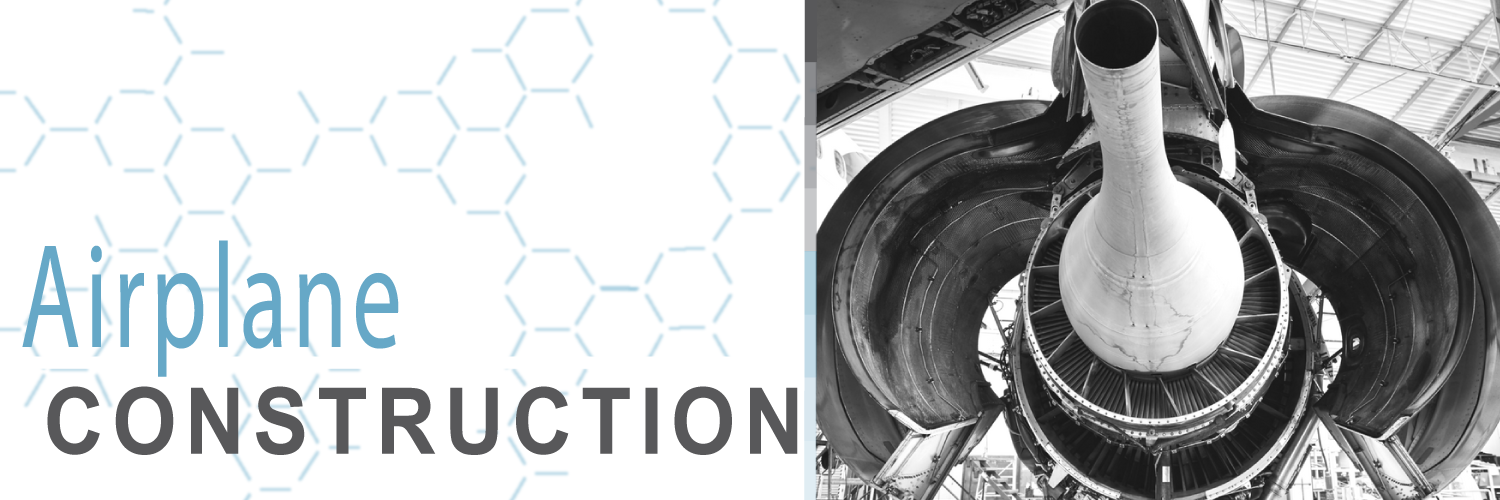Carbon Foam is used throughout the structural components of modern aircraft, providing internal support, noise abatement, and temperature insulation - all with the crucial property of being completely non-flammable.
Our Carbon Foam is a "3 dimensional product" that can be shaped with any contour, thickness and shape required for the engineering of your project.
The development of high thermal conductivity Carbon Foam for thermal management applications is currently a hot topic of Carbon foam research. Studies are beginning to show that the thermal conductivities of Carbon Foam are proving to be much greater than other solid metals including copper.
Additional benefits of Carbon Foam in airplane construction beyond its thermal properties include its low manufacturing cost, light weight, and strength in technical applications even under extreme conditions.
Carbon Foam for Airplane Construction

Air Defense with Carbon Foam

Aerospace Engineering
CarbonFoam is making an impact in the aerospace industry and the engineering the future of space travel - especially rocket motors.
A rocket’s thrust is generated by burning a solid propellant, therefore generating hot gases, which are passed through a nozzle. Most rocket nozzles are made from various metal alloys which are proven to tolerate extreme temperatures and pressures. However, these metal materials are heavy and expensive. Carbon Foam on the other hand, has the potential to significantly improve rocket motor nozzles, as well as exhaust and thrust generation of aircraft of any type.
CarbonFoam can produce simple nozzles in any required shape, while being lighter, stronger, and as effective in any temperature as its metal counterparts. The opportunities available in design and manufacturing of rocket and airplanes can be further enhanced by Carbon Foam technology.
Rocket Propulsion with Carbon Foam

Carbon Foam Makes it Possible



